There have been many adaptations of Gaston Leroux's 1910 novel The Phantom of the Opera, from Lon Chaney’s brilliant silent version in 1925 to Andrew Llyod Webber’s Broadway musical smash, but in 1943 Universal Pictures took their own shot at this classic tale, just so they could add another star in their line-up of Universal Monsters, this one with Claude Rains as the disfigured maestro obsessed with a beautiful girl.
Aside from a masked man running around the Paris Opera House, and his obsession with a young soprano, there isn’t much similar to that of Gaston Leroux’s novel and what we see in this film, at best, this film can be called a “loose adaptation” of the source material. This 1943 movie follows the trials and tribulations of violinist Erique Claudin (Claude Rains) who is dismissed from his job once it is discovered that one of his hands is suffering from arthritis, unfortunately, Claudin had been anonymously spending his twenty years' worth of earnings on singing lessons for the beautiful Christine Dubois (Susanna Foster), who he has been secretly devoted to all those years, and now he can’t even pay the rent for his crummy apartment.
“I did what?”
After a tragic misunderstanding that leads to him murdering a music publisher, revolving around a piece of music that Claudin had composed and had hoped its publishing would allow him to continue funding Christine’s lessons, this "mix-up" not only results in the murder but Claudin also gets a face full of acid and has to flee for his life. This may seem bad at the outset, because who likes really acid burns, but it does land him a nice place in the sewers, one that is located conveniently below the opera house and thus give him easy access to the beautiful Christine. Meanwhile, Christine has her own problems in the form of two rival suitors, Police Inspector Raoul Dubert (Edgar Barrier) and the Opera’s chief baritone Anatole Garron (Nelson Eddy), but neither of these two chuckleheads realized that Christine had already placed them both in the Friend Zone.
A very lopsided love triangle.
Having stolen a prop mask, and the master keys to the opera, Claudin begins to orchestrate his plan of turning his beloved Christine into a star and if he has to drug and murder the opera’s prima donna (Jane Farrar) more's the pity for her and for else anyone who stands in his way. Sadly, this is where the film drops the ball because at no point does Claude Rains come across as any kind of dangerous menace and the film's director, Arthur Lubin, fails to deliver even a modicum of suspense – the Phantom sawing away at the grand chandelier comes across as more tedious than actually suspenseful – and all the “spooky” thrown shadows and whirling of opera capes are unable to lift the proceedings beyond the pedestrian, and the key reason for this is in the mistaken attempt in making Claudin sympathetic monster. The Erik found in Gaston Leroux’s novel was a disfigured torturer and his obsession with Christine was quite frightening, while the Phantom as portrayed by Claude Rains comes across more like a psycho stage mother rather than that of a creature of darkness and evil.
They do both have a thing against chandeliers.
Some of this stems from the original draft revealing that Claudin was actually Christine’s father and that he had abandoned her and her mother to pursue his passion for music, but the studio found this led to a very “incestuous theme” and would have left audiences wondering just what kind of relationship did Claudin hope to have with his daughter. Needless to say, that element was rightfully axed but it did make for a very unfocused villain whose muddled motivations cause the whole last act of the movie to feel unfinished and the ending to be rather anti-climatic. When the big moment comes, and Christine rips off the Phantom’s mask, we are left experiencing a decidedly “So what?” ending, as this big reveal has no emotional impact and the make-up provided by legendary artist Jack Pierce is so underwhelming that the film’s "Big Moment" is completely undercut but its mildness.
He looked better as The Invisible Man.
Stray Observations:
• The legend of the “Opera Ghosts” seems to have formed over just a couple of days since Claudin murdered the publisher and thus it comes off as rather rushed and forced.
• The Phantom drugs a glass of wine, which prima donna drinks during a performance, but such a glass wouldn’t have had any actual liquid in it and the singer would simply mime taking a drink.
• Even though the setting of this movie is an opera house the opera numbers run on way too long, especially considering the movie is barely over an hour and a half long.
• Christine’s music teacher had informed Claudin that she wasn’t quite ready for the big time but when she gets her big break, a few days later, she brings down the house, so was the teacher lying to bilk more money out of Claudin?
• Franz Liszt comments that “So many crimes have been committed in the name of music” and I haven’t a bloody clue as to what he’s talking about. I know some singers have been accused of murdering a song but is that really a crime?
• If your plan is to lure the Phantom out of hiding during a performance maybe don’t pick an opera where three-quarters of the cast is wearing masks.
• For a middle-aged man with arthritis, Erique Claudin is a surprisingly capable murderer, and that he is able to take on the Parisian police is pretty impressive as well, which begs the question, “Did getting splashed with acid give him super strength?”
That would explain how he got a piano down into the sewer.
Of all the Universal Monsters it is the Phantom who fell to the wayside when it came to sequels, even though other monsters perished at the end of their respective films and returned it didn't stop those franchises would – Claude Rains' character died in The Invisible Man but that didn’t stop the studio from releasing four sequels – and even though Hammer films would launch another remake in 1962 the story of the Phantom would never achieve franchise status. What is quite apparent is that cinematically speaking not one version of the Phantom has come close to achieving what Lon Chaney had delivered back in 1925, and this was quite apparent when Claude Rains took on the role in 1943 as the actor refused to engage in any kind of elaborate make up and thus he looks more like a man suffering from a severe birthmark rather than the living skull as described in Gaston Leroux's novel.
Lon Chaney’s make-up is simply unparalleled.
The 1943 Phantom of the Opera does have one element that sets it apart from the other Universals Monsters and that would be the fact that it was shot in technicolour, but while this did lead to the film winning an Oscar for art direction it was not enough to bring this production out from under the shadow of the 1925 silent film version, and if almost two decades of improvements in filmmaking couldn't do any better than this tepid affair then one must look to the studio for dropping the ball on this outing. I will credit Claude Rains for trying to bring a little nuance to this tragic figure but between the film's interminable opera numbers and comedic banter between the rivals of Christine, there isn’t enough here to recommend this to anyone but a Universal Monster completist.
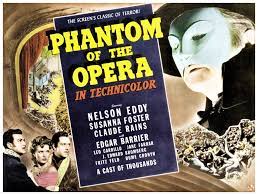
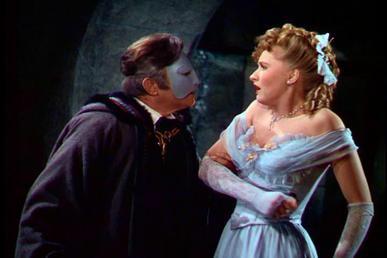
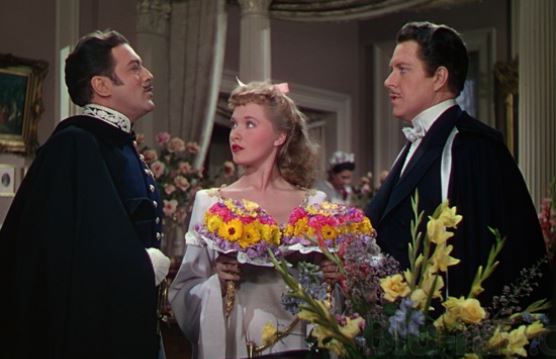
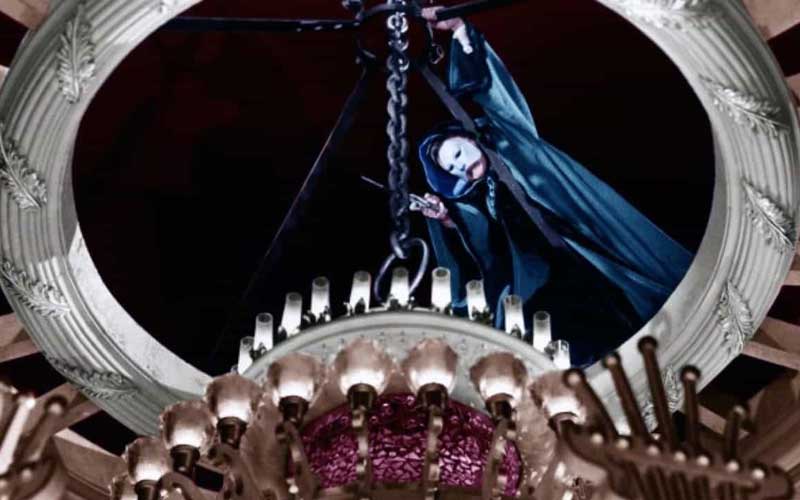
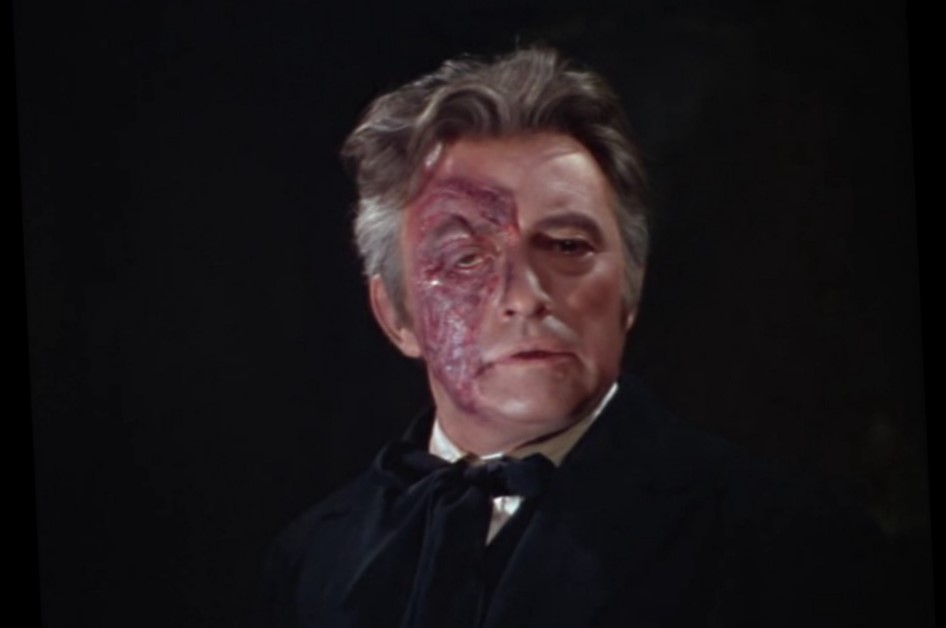
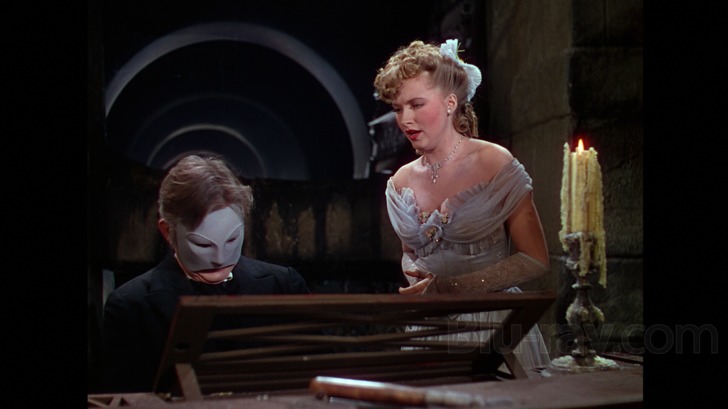
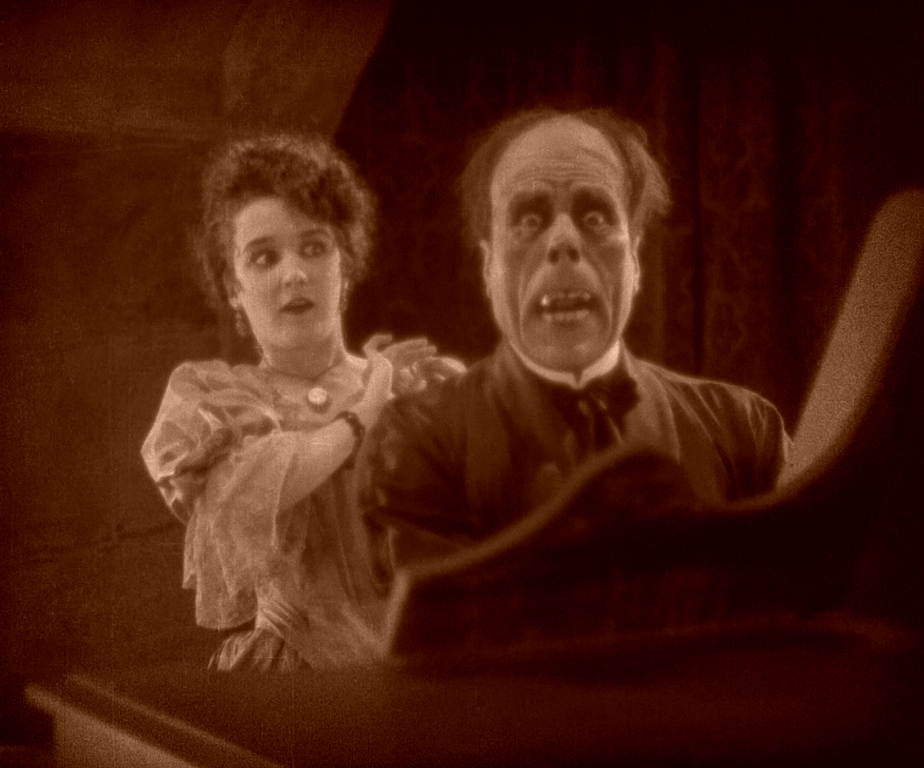

No comments:
Post a Comment